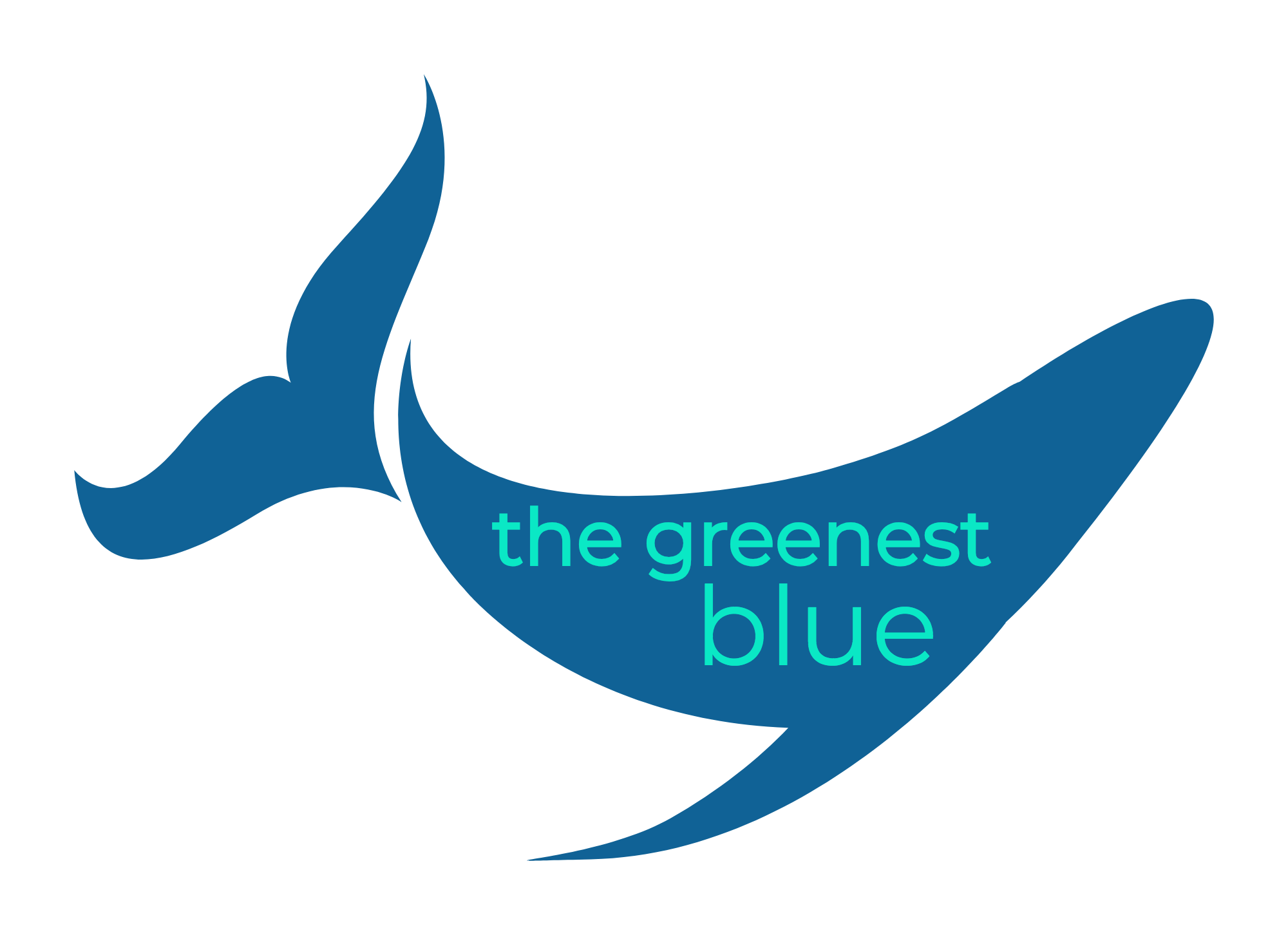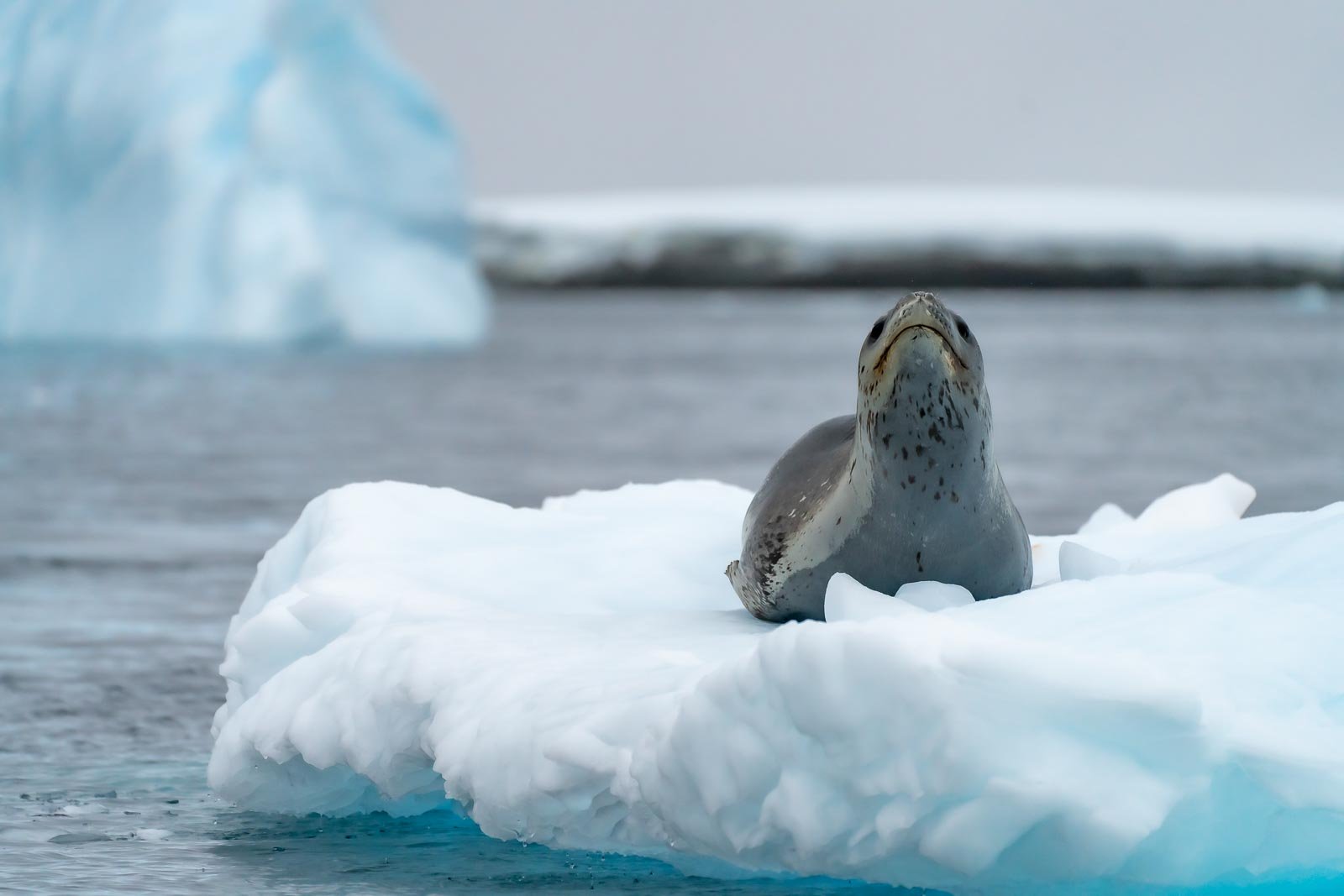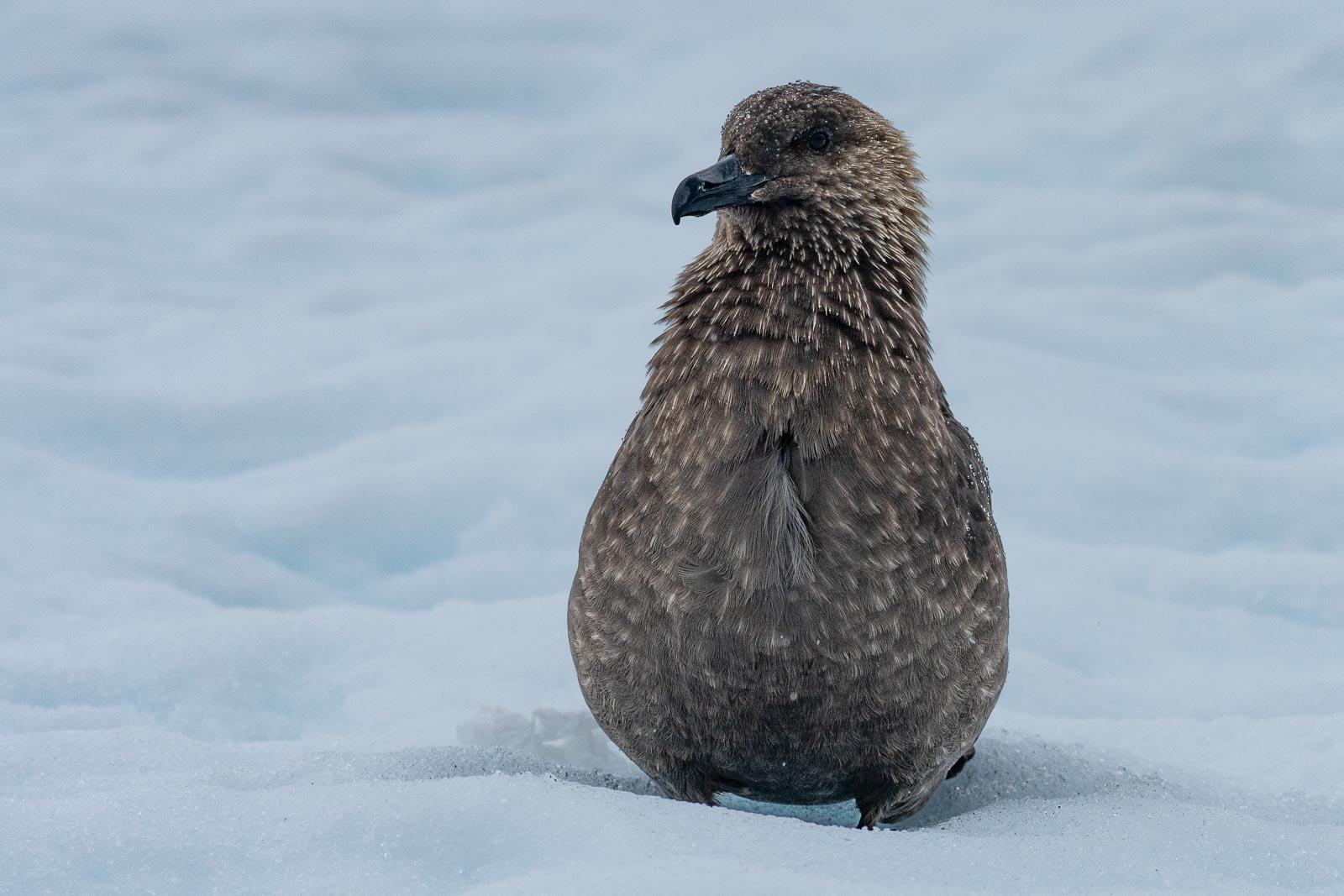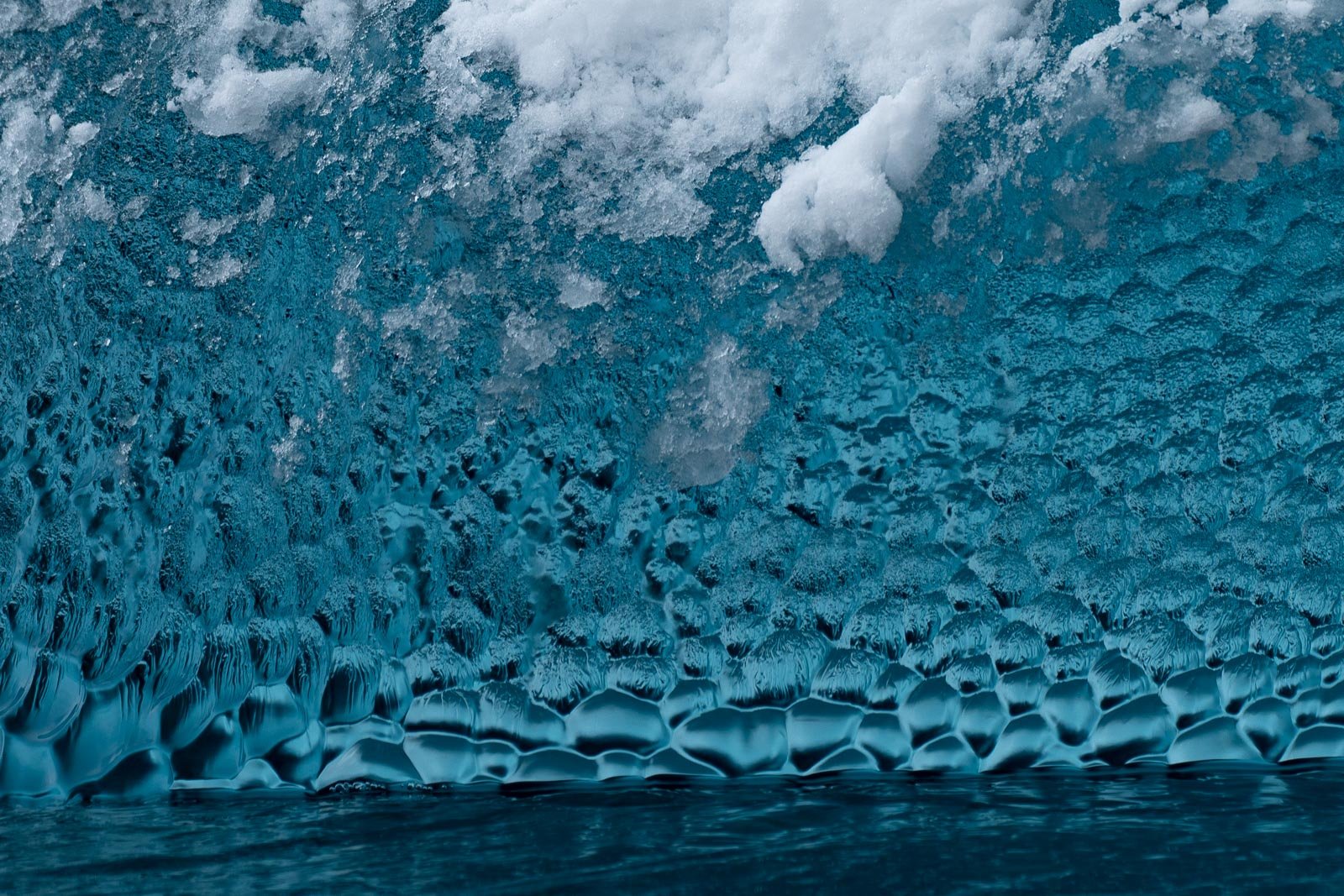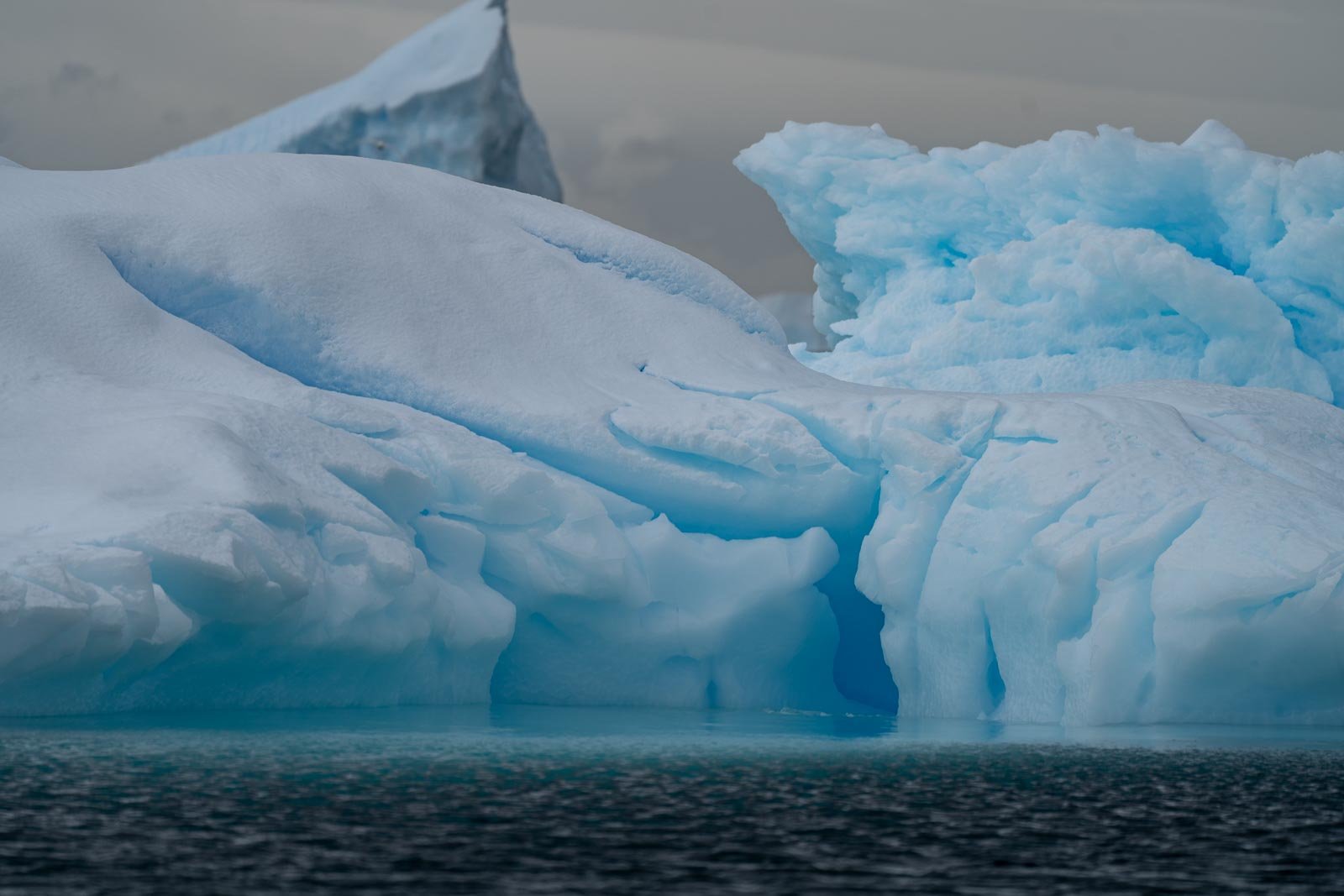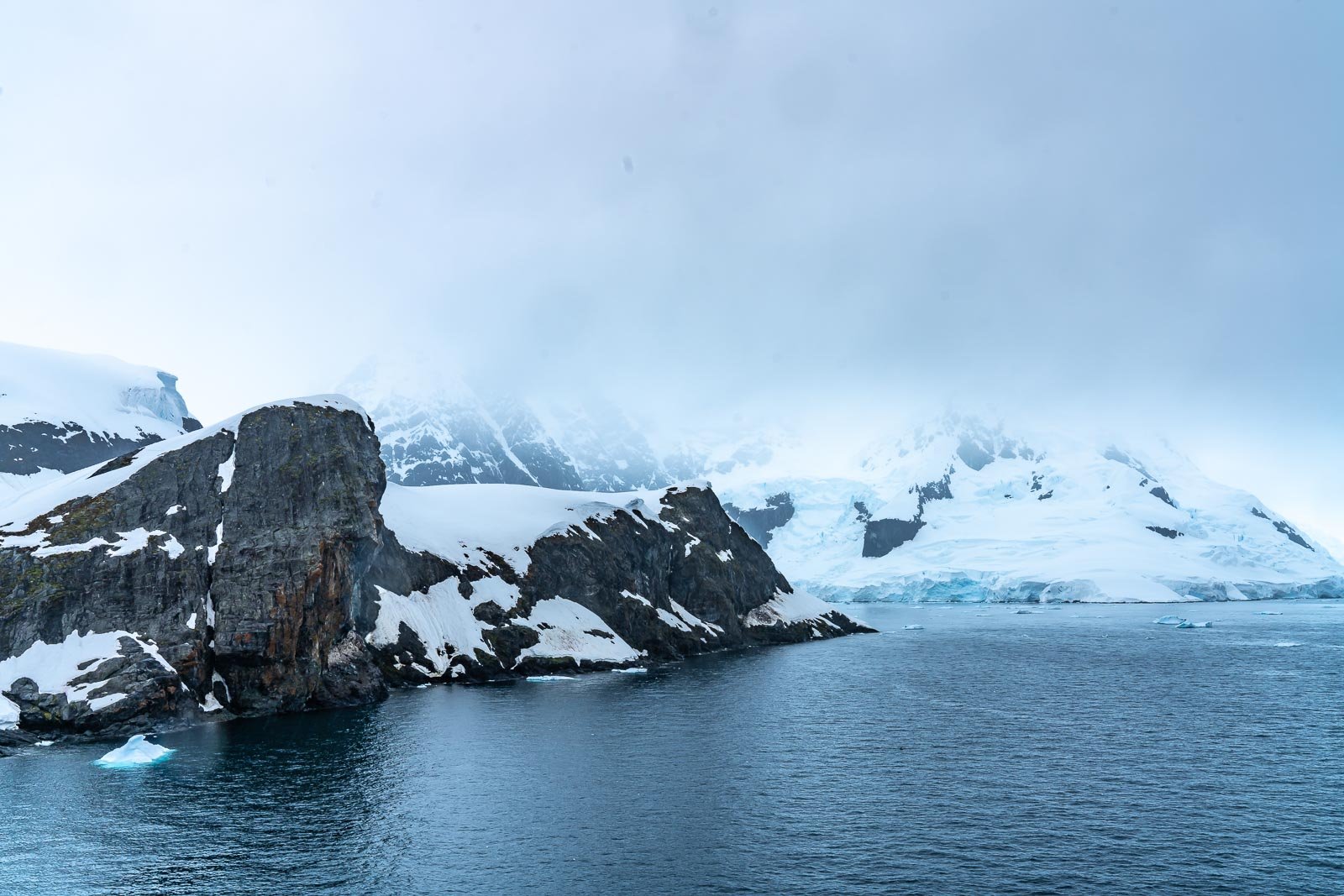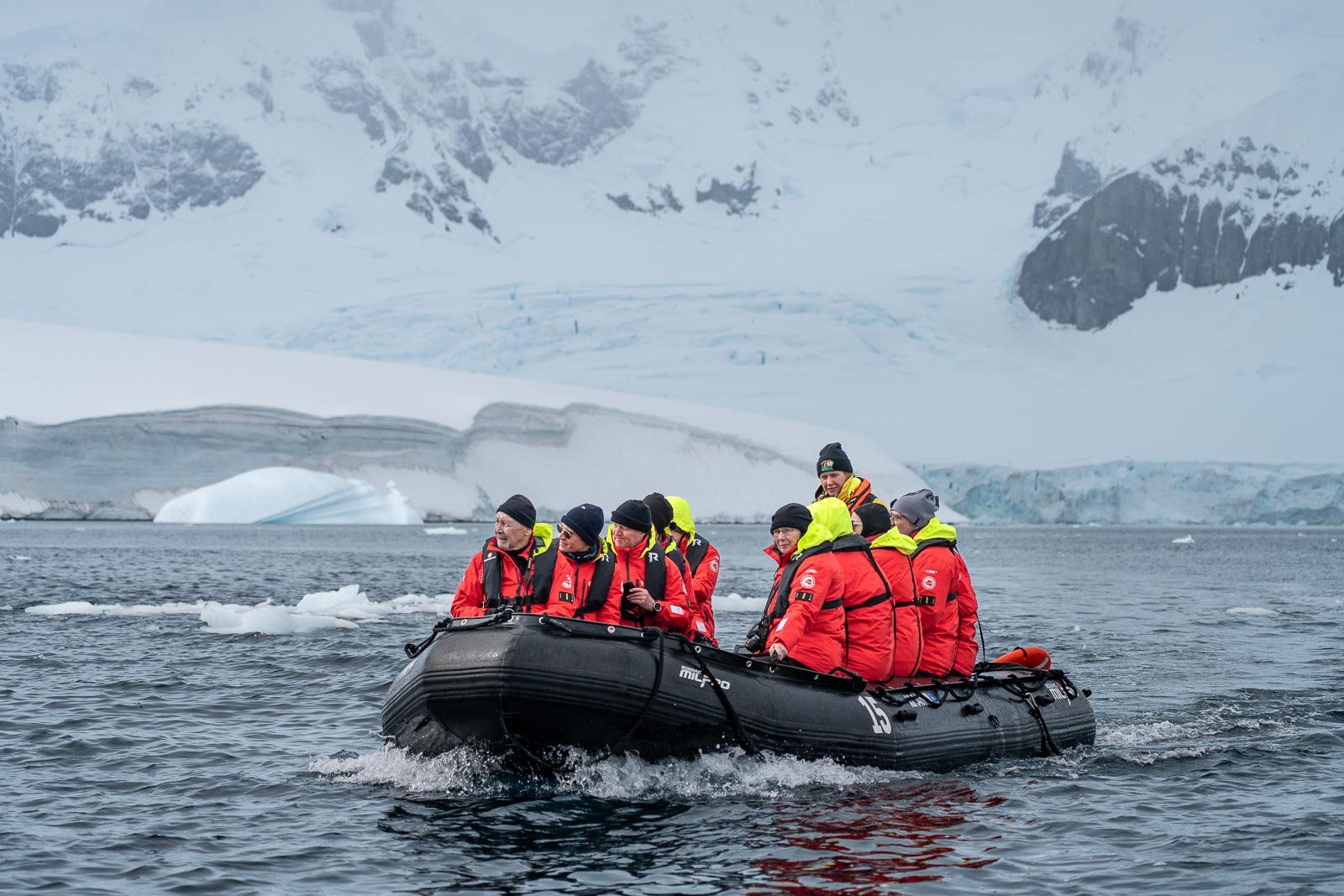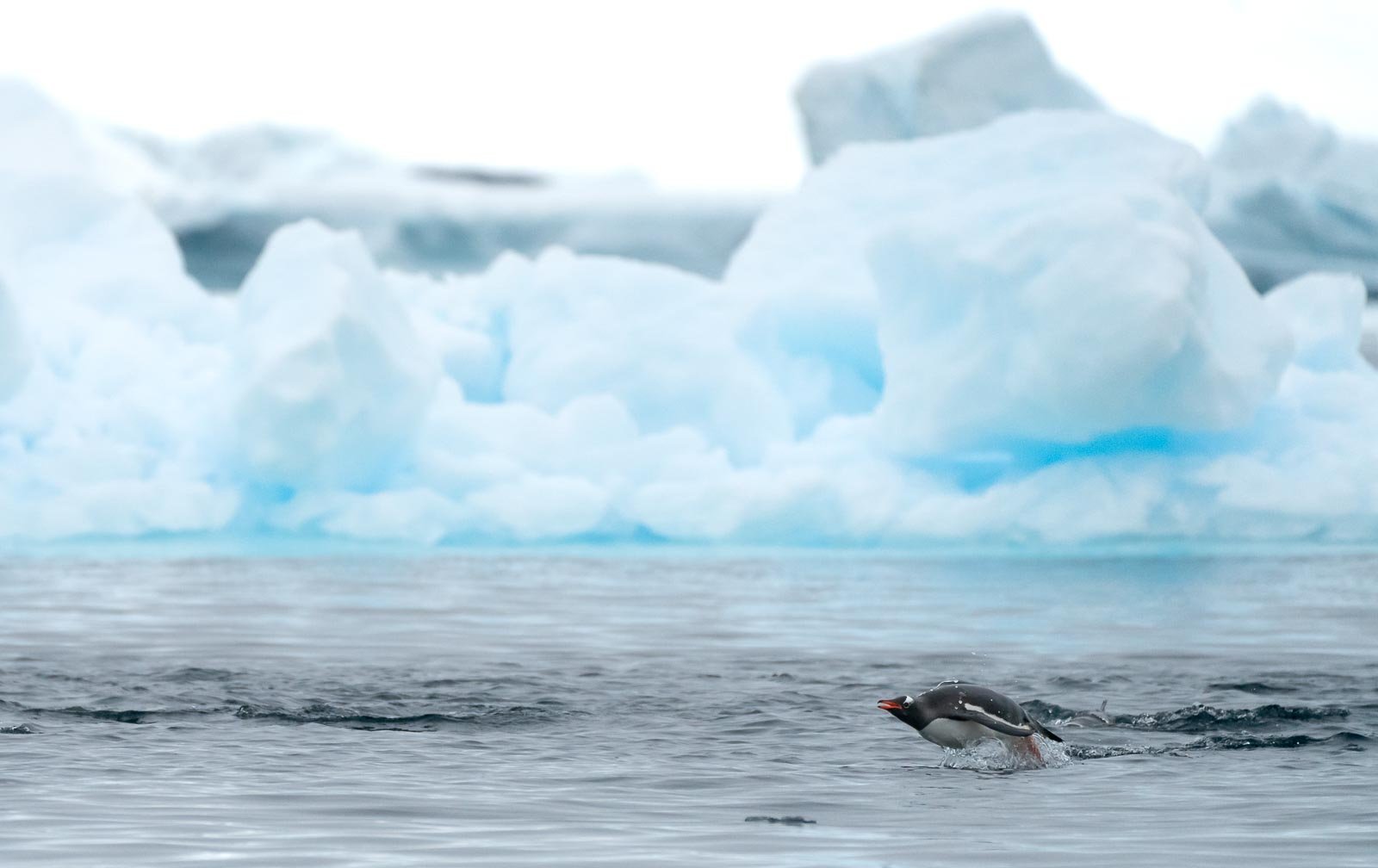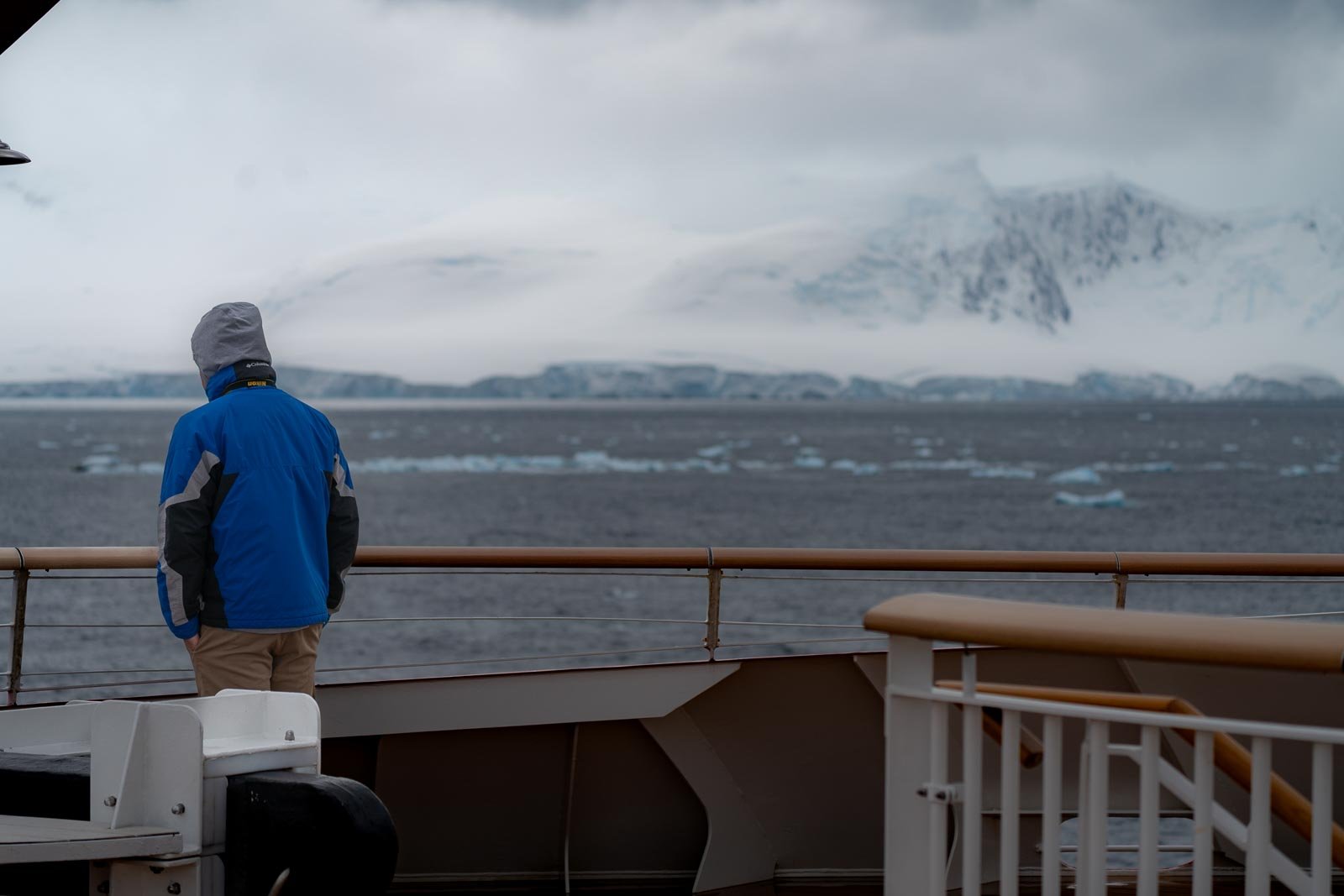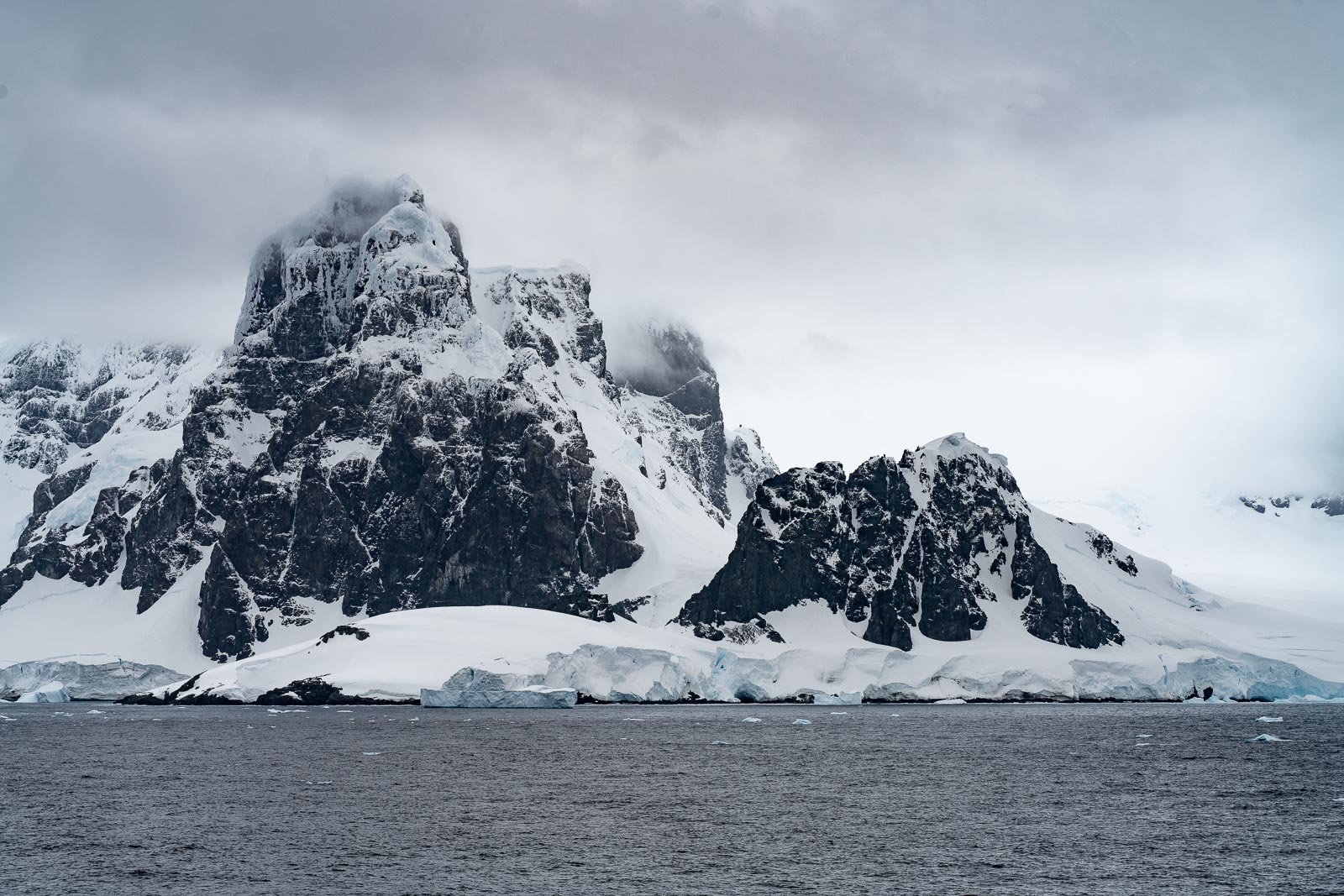One Trip Down - Five to Go!
This post contains affiliate links, which earn me a small commission on products I’m already in love with. This is at no extra cost to you! Thank you for supporting The Greenest Blue.
All work is performed under NMFS Permit No. 23095 with the Biotelemetry and Behavioral Ecology Lab at UC Santa Cruz (and all images taken in accordance with that permit).
Well – trip one is in the books. Onboard the MS Roald Amundsen, we spent 5 days cruising along the Western Antarctic Peninsula, and about 4 days cruising between Argentina and the ice continent on the Drake Passage.
Overall, this frozen continent has been nothing short of captivating. Every where you look, there are towering peaks of rock and ice, luminous blue bergs drifting across the freezing water, penguins toddling along their well-trod paths, and magnificent birds soaring overhead. The animals that are specially adapted to not only exist, but thrive in this environment continue to amaze me. Blubber, special insulating feathers, and other physiological adaptations render these creatures capable of conducting life in a place that we mere humans can visit with only the fanciest and most expensive of equipment.
Nature has its way of delighting and surprising us. I admit I had no expectations before coming down here. I knew there would be ice, and I knew there would be rock, but apart from that, I came in open-minded. It has proven a challenging place to conduct fieldwork (obviously) due to the rapidly shifting and dramatic weather conditions. The wind! The wind and the flurries are what get you. You might depart the main ship on your zodiac in the glassiest of condition, fluffy clouds drifting lazily above you. Ten minutes later, you could be battling a sizable wind chop, being blown sideways and pelted in the face by little frozen ice balls, unable to see more than 5 meters in either direction. Good luck finding your way back to the ship, let alone a whale to sample! But that’s the fun of it.
I admit that during our first trip, I experienced some intense emotional challenges. While some are quite personal and will remain unspoken, some were entirely related to the challenge of navigating a new opportunity, exercising imperfect skills, and admitting my lack of knowledge in, well, many areas. I am pretty used to being humble, but I have been finding it hard to stay humble while remembering to assert myself when necessary. I can psychoanalyze myself for hours, but I may not be able to pinpoint exactly what causes me to remain timid, apologetic, and people-pleasing at the sake of my own needs and comfort. Is it my womanhood? I’ve been apologizing for other people’s errors for years. Is it my introvert nature? I’ll often do anything to avoid the discomfort of not meeting someone else’s expectations. I just want people to like me, after all. Is it just...me? I’ve always enjoyed working alone, spending hours in my own head to create stories and ideas and worlds that only needed to make sense to me. Perhaps this is one of my great challenges to overcome while in graduate school: learning to accept that I am no longer writing and thinking just for myself; I must now write and think in a way that makes crystal clear sense to a very large and judgmental community.
I’ve completely digressed and I want to quickly answer a question that I am commonly asked and for some reason still very much struggle to answer: what exactly am I studying?
I fluctuate between providing vague, general answers to spouting out incredibly specific, almost too-niche responses for the audience that is inquiring. But for you, I’ll give the simple and mostly accurate response I’ve come up with. I am studying the stress levels of humpback whales in response to a variety of human-caused disturbances.
You can take that and leave with it, or if you want more specifics: I’m collecting both behavioral (observations from a drone while performing controlled exposure experiments in which we initiate a “disturbance”) and physiological (blubber biopsies, until the day when I can accurately gauge stress levels from a blow sample) data from humpback whales along the Western Antarctic Peninsula in collaboration with Hurtigruten Expeditions. My research partner, Blake, and I are also adding all of the data we obtain (photos, video, biopsies) to a longstanding database that has been built by lab members over the course of many years.
Basically, it’s an incredible opportunity to study whales in an environment that is very challenging to get access to, and very important for the lives of many marine animals.
Please recognize that all of this research is performed in accordance with our permit; drones are not permitted to be flown in the Antarctic per IAATO regulations.
The cold does make me exhausted, but I still love the challenge of working in a frozen environment. I will post more photos of the second trip, and maybe a shot or two from the drone to show you what we’re looking for and how it’s useful.
Love from the bottom of the world!
Loz
